Meditation Garden Design?
Linda Eastman
17 years ago
Related Stories
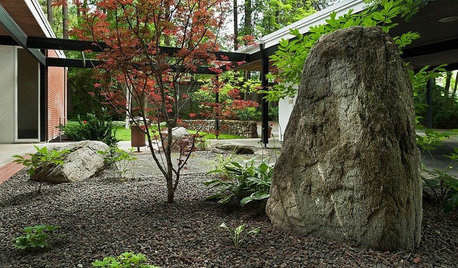
HISTORIC HOMESLandmark Status Honors a Historic Modern Landscape
Grounds designed by Lawrence Halprin, including a play garden and a meditative garden, gain protection thanks to a family's efforts
Full Story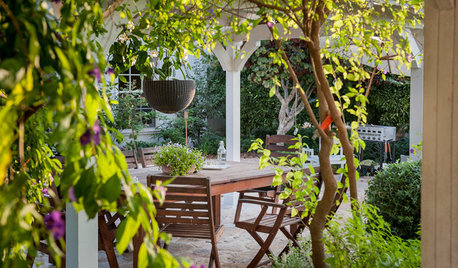
MOST POPULARUnwind With 30 Gorgeous Garden Retreats
Houzz users share their favorite spots for relaxing, meditating and spending time with family and friends
Full Story
SHOP HOUZZThe Zen Garden
Design a traditional garden where you can meditate, ponder and be one with nature
Full Story0

GARDENING GUIDESGreat Design Plant: Grow Blueberries for Their Fruit and More
Eastern gardeners should consider growing blueberry plants for their delicious fruits, bee-friendly spring blooms and brilliant fall foliage
Full Story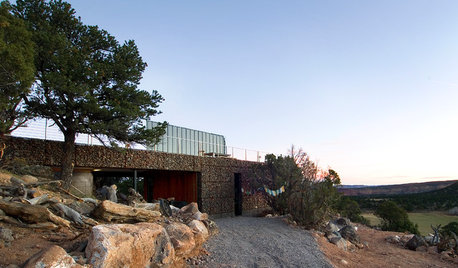
ARCHITECTUREHouzz Tour: Moments of Meditation in a Utah Buddhist's Retreat
Rocky exterior walls and other thoughtful design touches give this home a sense of spirituality and belonging to its site
Full Story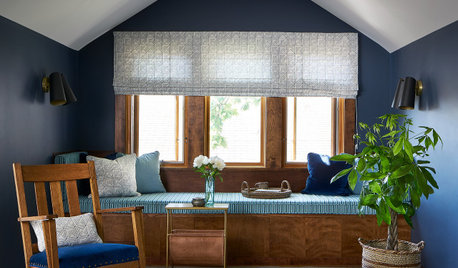
FEEL-GOOD HOMEHow to Carve Out a Corner Just for You
You may not have an entire room where you can get away for meditation or a catnap, but a retreat is still within reach
Full Story
FALL GARDENINGWhat Monarch Butterflies Taught Me About Garden Design
Thinking like a butterfly leads to fresh perspectives in the garden and in life
Full Story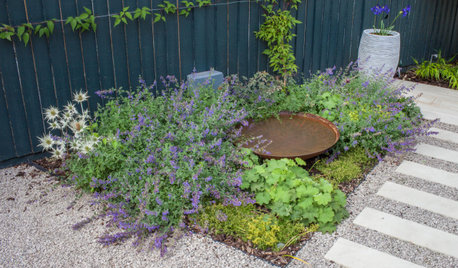
GARDENING AND LANDSCAPINGThe Contemplative Garden: A Place for Quiet Reflection
These 10 elements can bring a meditative quality to your garden
Full Story
GARDENING GUIDESGreat Design Plant: Knock Out Roses
As glorious as their high-maintenance kin for a fraction of the work, Knock Out roses make even beginners look like garden stars
Full Story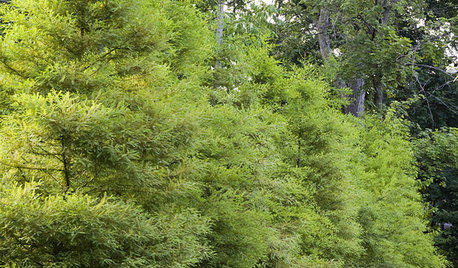
GARDENING AND LANDSCAPINGGreat Design Plant: Bald Cypress
Enjoy this beautiful tree's feathery foilage, fall color and tolerance of wet and dry soils
Full StoryMore Discussions








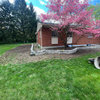


gardengal48 (PNW Z8/9)
Linda EastmanOriginal Author
Related Professionals
New Bedford Landscape Architects & Landscape Designers · Salisbury Landscape Architects & Landscape Designers · South Elgin Landscape Architects & Landscape Designers · Milford Landscape Contractors · Harvey Landscape Contractors · Lemont Landscape Contractors · Longmont Landscape Contractors · Lorain Landscape Contractors · Silver Firs Landscape Contractors · North Aurora Landscape Contractors · Hobart Decks, Patios & Outdoor Enclosures · Palmetto Decks, Patios & Outdoor Enclosures · Royal Oak Decks, Patios & Outdoor Enclosures · Fair Oaks Swimming Pool Builders · Las Vegas Swimming Pool Buildersbonsai_audge
gottagarden
miss_rumphius_rules
Brent_In_NoVA
gardengal48 (PNW Z8/9)
jakkom
Linda EastmanOriginal Author
laag
miss_rumphius_rules
nandina
wellspring
Linda EastmanOriginal Author
inkognito
laag
doctorsteve
czpiatp